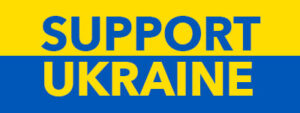Ukrainian Jewish Heritage – Rohatyn Part 2
Marla Raucher Osborn is a former California attorney whose family originates from Rohatyn, in western Ukraine. Now based in Warsaw, she works as a researcher, writer, and lecturer. Marla has been researching her family’s history for several years. Her first visit to Rohatyn was in 2008. She walked the town and shot photos, but she […]


